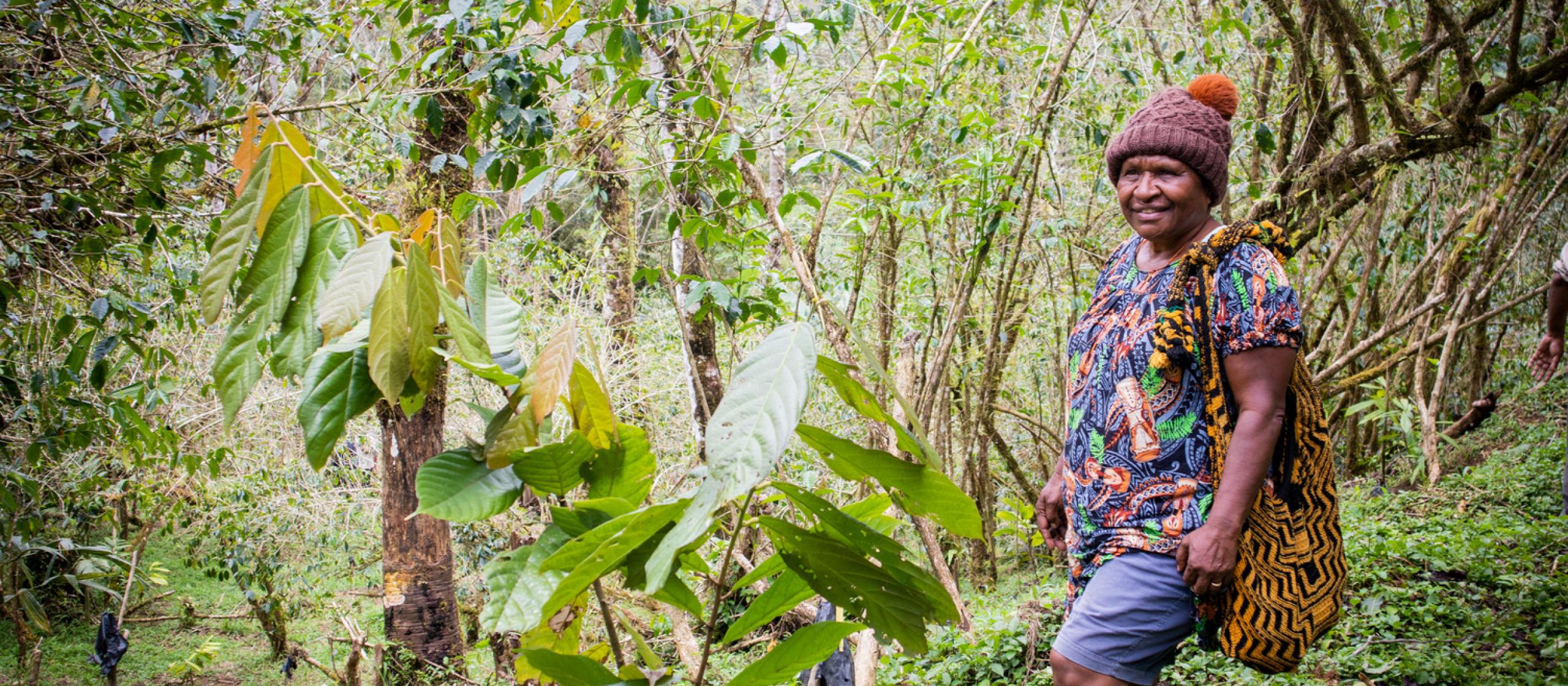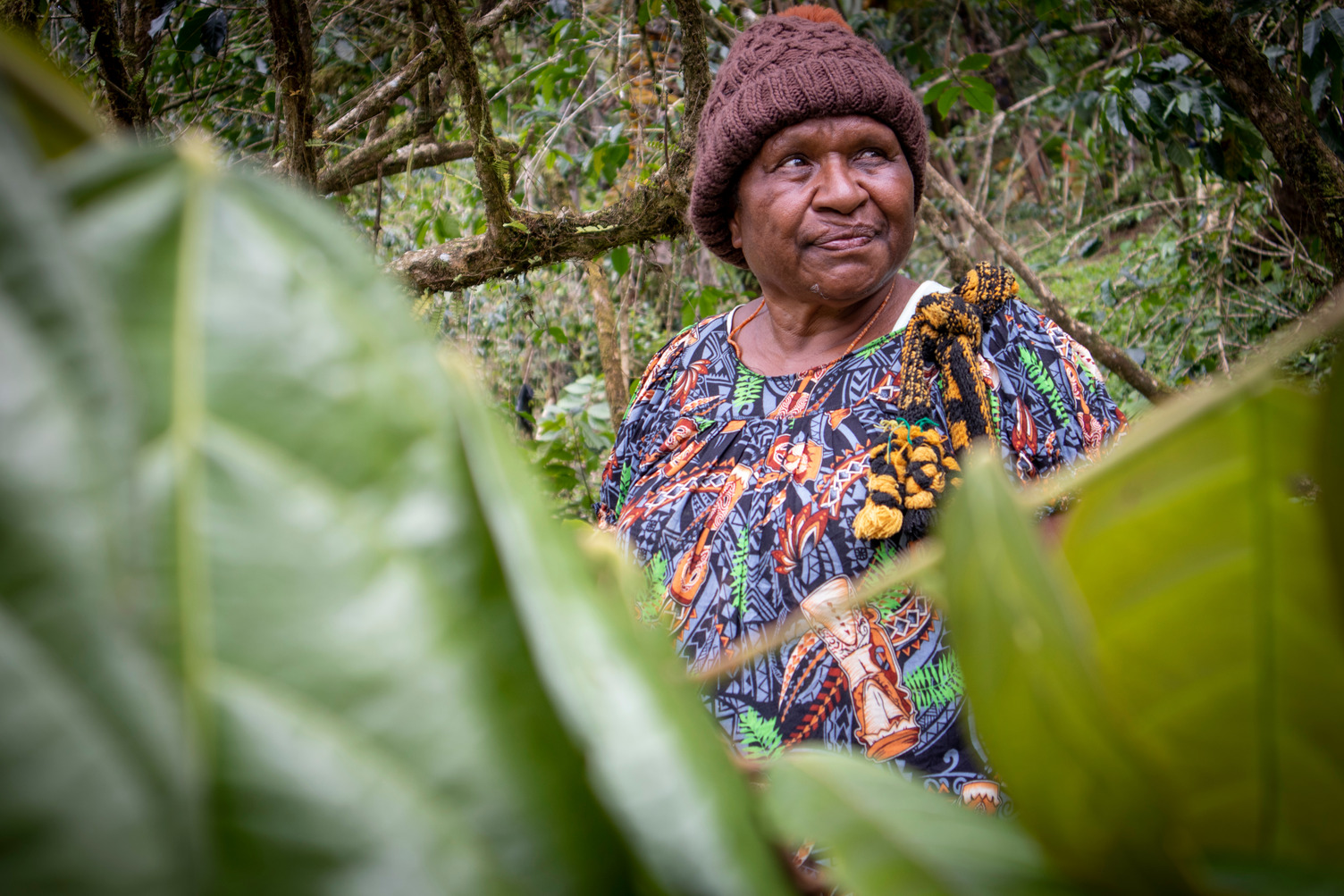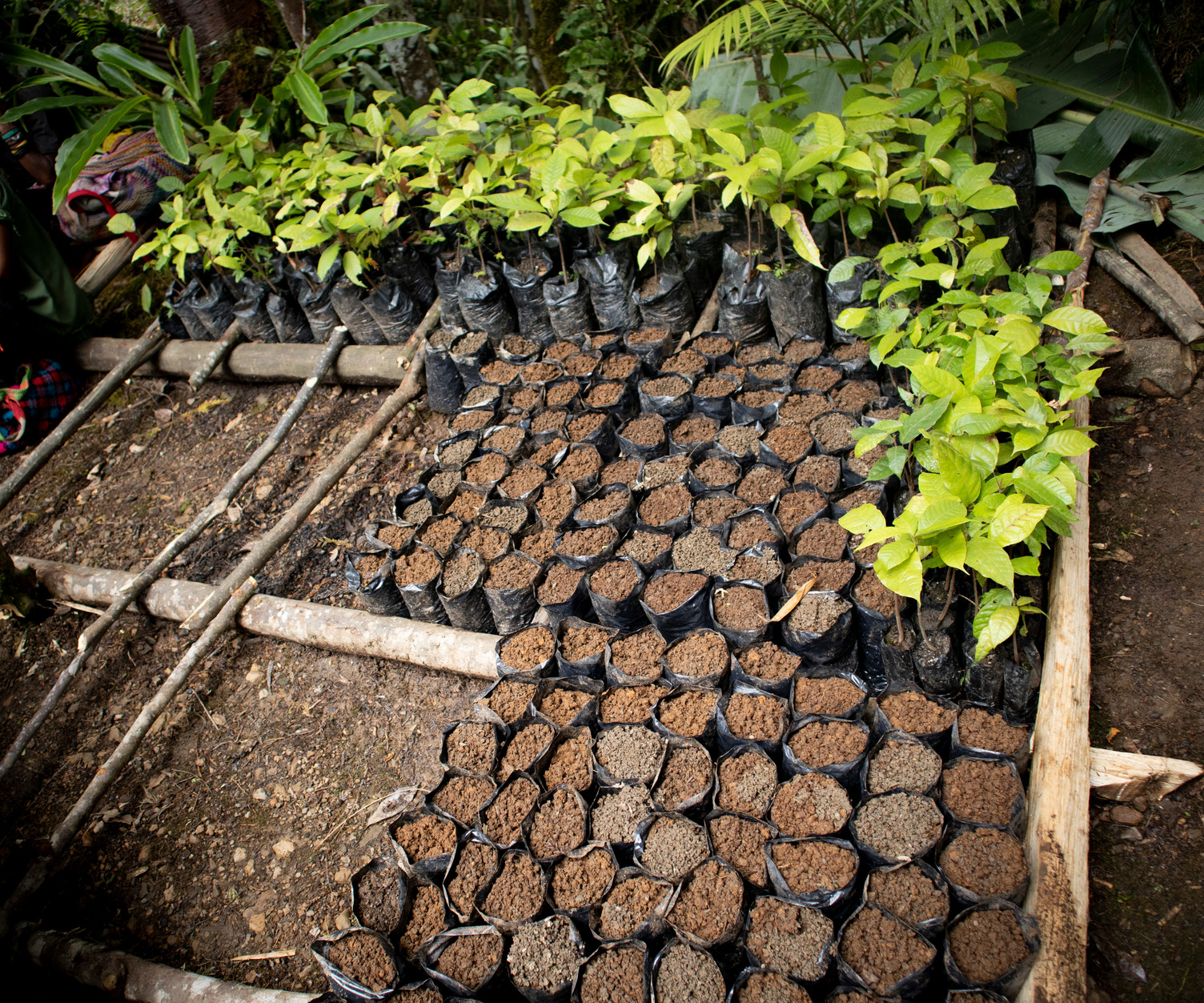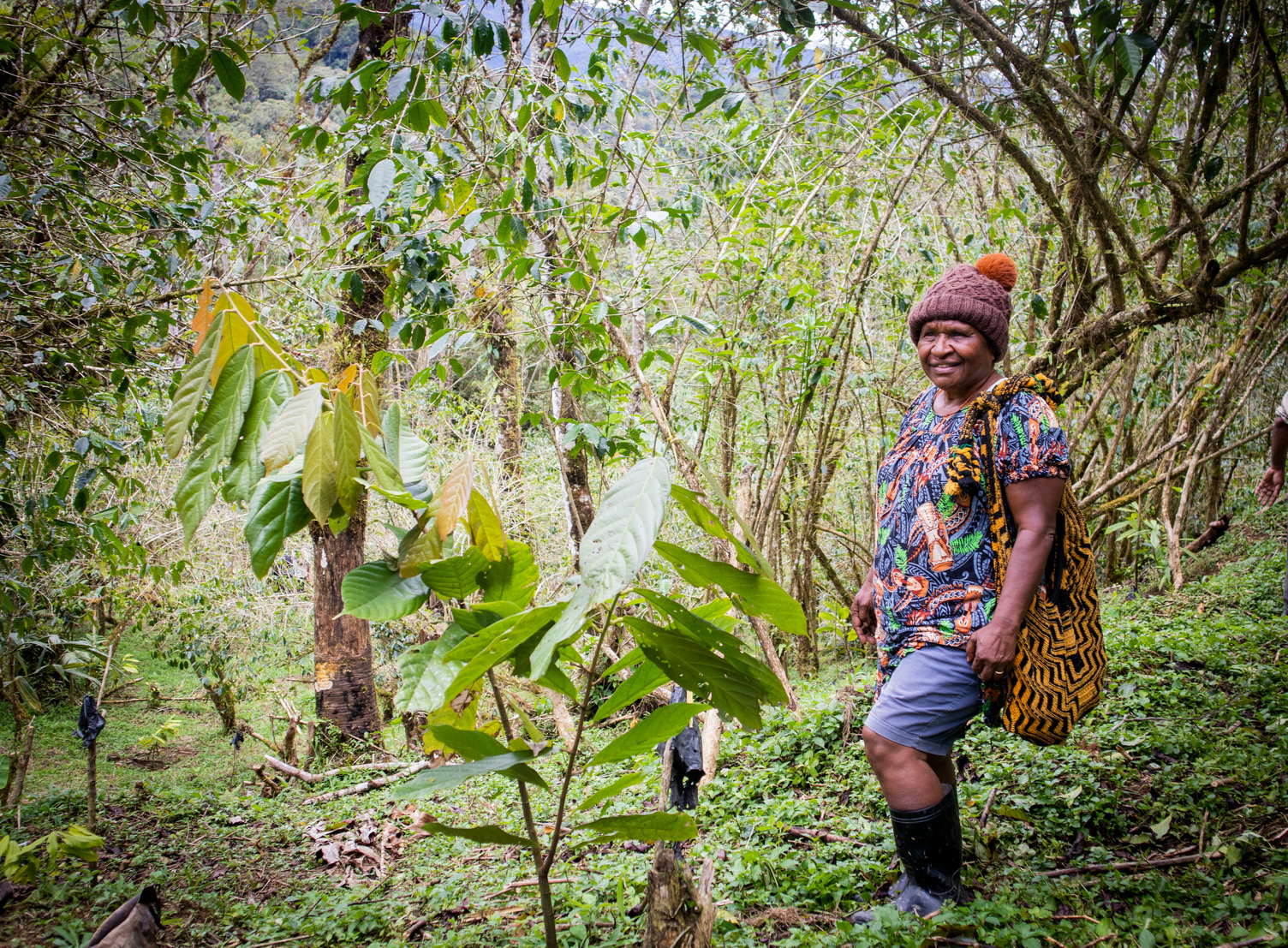- HomeHome
-
About ACIAR
- Our work
- Our people
-
Corporate information
- ACIAR Audit Committee
- Commission for International Agricultural Research
- Policy Advisory Council
- Agency reviews
- Executive remuneration disclosure
- Freedom of information (FOI)
- Gifts and benefits register
- Information publication scheme
- List of new agency files
- Contracts
- Legal services expenditure
- Privacy impact assessment register
- Commonwealth Child Safe Framework
- Benefits to Australia
- Careers
- 40 years of ACIAR
-
What we do
- Programs
- Cross-cutting areas
- Resources
- Where we work
-
Funding
- Research projects
- Fellowships
-
Scholarships
- John Allwright FellowshipScholarships to study in Australia for ACIAR partner country scientists to have Australian postgraduate qualifications
- ACIAR Pacific Agriculture Scholarships and Support and Climate Resilience Program
- Alumni Research Support Facility
- Publications
- News and Outreach
Date released
23 December 2020
Since the introduction of cocoa to Papua New Guinea in the 1800s, the ideal conditions for the crop to thrive have been fairly explicit.
These conditions include high humidity, abundant rainfall and at altitudes of up to 800 metres.
But in what might be a first, Australia and PNG researchers have introduced the historically coastal crop to the Highlands of PNG. What’s more, trials to date are proving to be quite successful.
Plant Pathologist and cocoa expert, Dr John Konam says their figures need to be updated, but they estimated there could be up to 3 million cocoa trees planted in Karimui, Chimbu Province.
Karimui was the site selected to conduct trials in the Highlands region as part of an ACIAR and DFAT-funded project to increase production and improve cocoa quality in PNG.
A cacao tree takes up to three years to produce its first fruit known as a cacao pod. Dr Konam says cocoa trees planted in 2015 are now baring their first pods and farmers are beginning to harvest, process and sell for cash.
Dr Konam is the PNG Cocoa project coordinator for the Highlands region. He says the usual practice for growing-cocoa, is never above 800 metres above sea level. He jokingly says it’s a case of needing to rewrite the cocoa-growing books.
‘I have not read any literature where researchers or cocoa developers are growing cocoa 800 metres above sea level. We have proven beyond doubt that you can commercially produce cocoa at that altitude.
‘We have trees now growing 1600 metres above sea level here in Chimbu and even in Pangia (Southern Highlands) at 1636 metres above sea level. It also represents an opportunity for researchers around the world to come and join us if they want to prove that you can have cocoa varieties for higher altitudes,’ Dr Konam says.
Uptake across the Highlands
Rumours of this success have spread throughout the Highlands.
‘In Eastern Highlands, they are also trying to plant cocoa big time. The provincial government has taken cocoa on board and have an annual budget committed to cocoa expansion. Jiwaka Province is also thinking about setting up a regional nursery and have been in talks with Cocoa Board of PNG to do so,’ says Dr Konam.
But perhaps the most remarkable story of uptake in the Highlands, comes from a woman local farmer who has purchased cocoa seedlings that are being trialled in the Highlands and distributed them with money out of her own pocket.
Meet local farmer, Mrs Bomaigi Aba Wei. Mrs Aba Wei has so much faith in cocoa production in the Highlands, that since 2019 she purchased over 4000 seedlings at the cost of 5 PNG Kina ($A2) per seed from across the mighty Waghi River in Karimui. That’s about 20 thousand PNG Kina ($A7,500) in total.
Mrs Aba Wei arranged for Karimui cocoa farmers to bud graft the clonal seedlings that were experimentally planted in 2018 from stock taken from the Cocoa Board Research facilities in East New Britain.
‘Last year, I decided to come back to my village at Boromil, and I brought cocoa seedlings with me. In my garden here, I’ve planted more than 2000 hybrid clone seeds.’
Mrs Aba Wei distributed the rest of the seedlings across three districts in Chimbu.
‘Initially, I wanted to help my own family, but then it is just getting bigger. Now it's covering all of Gumine, Jiwaka and four council wards of Karimui.
‘Cocoa is easy money. The price is good, not much labour like coffee and vanilla. My aim is to bring cocoa here and put money into ordinary people’s lives. So they can pay their school fees and other needs.’
Dr Konam agrees, the price of cocoa is its biggest appeal. ‘A kilo of cocoa sells at K6 to K8 in Goroka and Lae whereas coffee sells between K3 to K5. Taking into account freight, which is about K3 per kilo on small church-run airlines that are operating out of Karimui. If you are bringing coffee out you make no money, but if you are bringing cocoa, at least you have about K4 to K5 per kilo that you can take back home,’ says Dr Konam.
New approaches to production
There are currently 18 cocoa clones previously developed by the Cocoa Board of Papua New Guinea. These are high performing, easily managed and moderately resistant to pest and diseases. These clones have been distributed to farmers across PNG.
Dr Konam says these clones were also brought to Karimui after going through quarantine protocols and are now part of the project trials.
Of the 18 cocoa clones, the best performing trees would be selected for observation and subject to fully replicated trails. These are currently being grafted to the trees in Karimui. These clonal trees were regrafted and taken across to Bomai area by Mrs Bomaigi.
But this is where the traditional methods of cocoa-growing ends.
Dr Konam says they are taking a radical new approach, by training farmers themselves to do field grafting.
Traditionally, cocoa seedlings begin growth in a nursery. The seedlings are placed in polybags, spaced out and must have appropriate shade and management. They require watering, management of pests and diseases, and some nutrients. Seedlings remain in a nursery between 5 to 9 months.
‘In remote places like Karimui, you can’t do (cocoa) nurseries,’ says Dr Konam.
‘If you do a nursery, you will have to have the labour, the management and then the transportation and that you can’t get in Karimui. So, farmers sew directly to avoid the labour and management cost, get the interesting clonal material and then go and field graft them into clones.
‘We are not using proper budding tapes and knives; we are using plastic bags and kitchen knives to bud graft the trees. The success rate of budding by our farmers down there is 90 per cent,’ Dr Konam says.
Why cocoa research?
For the foreseeable future, agriculture will remain a major source of household income and employment in PNG.
ACIAR Research Program Manager for Horticulture, Irene Kernot says the cocoa industry has been a major driver of rural development over the years. But farming practices, pests and diseases have resulted in low production.
‘Our partnership with PNG to date is aimed at increasing cocoa production, improved cocoa quality and better information services for farmers. We are also focussed on ensuring rural farmers can get better returns on the labour invested,’ says Ms Kernot.
A big part of the new advances has been the use of smaller, more manageable cocoa trees.
‘Working with partners like the Cocoa Board of PNG, we have developed improved cocoa varieties and new straight-forward ways to manage cocoa farms. Smaller, more manageable trees mean less labour, especially during harvest,’ Ms Kernot says.
Village-based extension
Karimui in Chimbu is one of four project sites in PNG. The others are located in Madang, East Sepik and New Ireland Province.
The project initially recruited 25 farmers from each participating province as village extension workers, to become Cocoa Model Farmer Trainers (CMFTs). These farmers were mostly husband and wife teams.
In-country Project Manager, Trevor Clarke says these farmers were trained on the establishment of bud wood gardens, nurseries and budding of seedlings, rehabilitation, pruning and post-harvest processing.
Armed with this knowledge, the CMFT’S, were able to go out and support other farmers interested in growing cocoa. Each CMFT provincial group has between 20 to 25 families that they support.
Mr Clarke says this one of the projects biggest achievements - the sheer number of farmers now attached to the original 25 farmer groups in each province.
‘We have been impacting several thousand farmers with this concept of the groups. We have assisted them with training on cocoa management, and we have also assisted with family farm teams and sustainable livelihoods sort of training.
Mr Clarke says Family farms training was also an important part of the project.
‘We have been promoting families more so than the individual farmers. Through the family approach, all our training have had husband and wives attend - so the wife is technically competent in cocoa management as well and able to train other women in the village,’ says Mr Clarke.
The PNG Cocoa Project is one of five under the Transformative Agriculture and Development Enterprise Program (TADEP), jointly funded by ACIAR and Australia’s Department of Foreign Affairs and Trade.
TADEP aims to strengthen private sector-led development, agriculture productivity and quality, access to markets, gender equity and Individual and institutional development.






